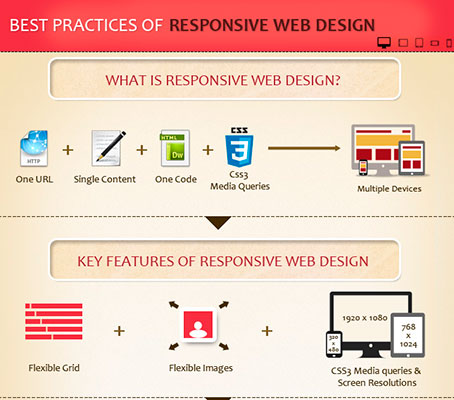In the past, sites were simple and focused on details. Navigating was straight, and style was for desktop computers. Currently, user experience is crucial. Information guides layouts for easy navigating. Responsive layouts suit different devices. Today, dark mode minimizes pressure, and minimal menus improve navigation. Interactive features engage individuals, and vibrant visuals stand out. AI integration boosts involvement. See exactly how style has actually evolved to improve your on the internet trip.
Early Days of Website Design
In the very early days of website design, simplicity reigned supreme. Internet sites were fundamental, with restricted shades, typefaces, and designs. The focus got on offering information rather than showy visuals. Users accessed the internet through sluggish dial-up links, so rate and functionality were vital.
Navigating food selections were straightforward, normally located at the top or side of the web page. Websites were developed for desktop, as mobile browsing had not been yet common. Content was king, and developers prioritized very easy readability over intricate style elements.
HTML was the key coding language utilized, and designers needed to work within its restraints. Computer animations and interactive attributes were minimal compared to today's criteria. simply click the up coming article were fixed, with little dynamic material or individualized customer experiences.
Surge of User-Focused Style
With the development of internet site layout, a change in the direction of user-focused design concepts has come to be progressively popular. Today, developing web sites that focus on individual experience is crucial for involving visitors and accomplishing organization goals. User-focused layout includes recognizing the needs, preferences, and actions of your target audience to customize the internet site's design, web content, and features appropriately.
Designers currently carry out extensive study, such as user surveys and usability screening, to collect understandings and responses directly from individuals. This data-driven technique aids in creating user-friendly navigation, clear calls-to-action, and aesthetically appealing user interfaces that reverberate with site visitors. By putting the individual at the facility of the style process, internet sites can provide a more personalized and enjoyable experience.
Responsive design has additionally become an essential element of user-focused design, making certain that websites are enhanced for various devices and display dimensions. This adaptability boosts access and functionality, dealing with the varied methods individuals connect with sites today. Basically, the rise of user-focused style represents a change towards creating electronic experiences that prioritize the requirements and expectations of completion customer.
Modern Trends in Website Design
Check out the current fads forming website design today. One prominent fad is dark mode design, providing a sleek and modern look while minimizing eye pressure in low-light settings. One more key pattern is minimalist navigating, simplifying food selections and boosting customer experience by concentrating on essential elements. Including micro-interactions, such as animated buttons or scrolling effects, can develop an extra engaging and interactive internet site. Receptive design remains crucial, guaranteeing seamless user experiences throughout numerous devices. Furthermore, utilizing bold typography and unbalanced formats can include aesthetic interest and draw attention to details content.
Incorporating AI innovation, like chatbots for customer support or individualized suggestions, improves user interaction and simplifies processes. Ease of https://businesspost.ng/general/zoho-unveils-platform-to-improve-digital-marketing-strategies-effectiveness/ has additionally become a substantial pattern, with designers focusing on comprehensive style techniques to cater to diverse individual needs. Accepting sustainability by optimizing site performance for rate and efficiency is another emerging fad in website design. Collaborating with user responses and data analytics to repeat and improve style continuously is crucial for staying relevant in the ever-evolving digital landscape. By welcoming these contemporary trends, you can create an aesthetically appealing, easy to use internet site that reverberates with your audience.
Verdict
As you assess the development of web site layout from the very early days to currently, you can see exactly how user-focused style has become the driving pressure behind modern fads.
Accept the trip of adjustment and adaptation in website design, always keeping the individual experience at the forefront.
Stay present with the current trends and modern technologies, and never quit progressing your method to produce visually stunning and easy to use websites.
Develop, adapt, and create - the future of web design is in your hands.
